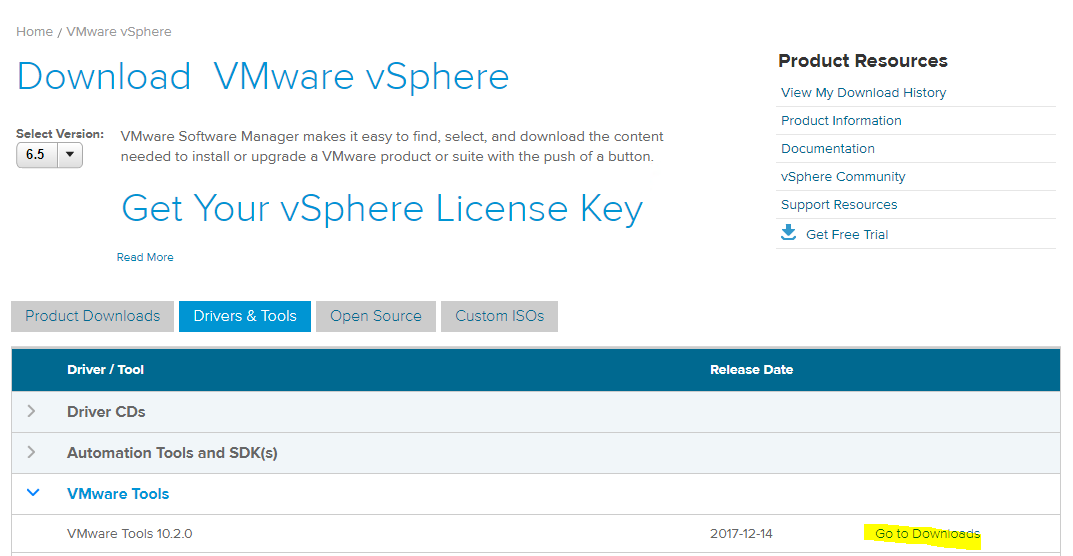



VMware Tools installation include the VMware AppDefense, a security management and monitoring solution. Note: VMCI driver cannot be disabled as the VMware Tools System service functionality is dependent on this driver. If the user had disabled this VMCI driver in the setup settings during a previous installation, VMware Tools automatically re-installs VMCI driver during the upgrade. VMCI driver is installed by default as part of VMware Tools installation.

Developers can write client-server applications to the VMCI Sock (vsock) interface to make use of the VMCI virtual device. The Virtual Machine Communication Interface driver supports fast and efficient communication between virtual machines and the hosts they run on. The following device drivers can be included with VMware Tools. For detailed information about the features or functionality of these drivers, including configuration requirements, best practices, and performance, see the documentation for your VMware product. The set of drivers that are installed when you install VMware Tools depends on the guest operating system and the VMware product. You can select the drivers to be installed while performing a custom VMware Tools installation or reinstallation. Device drivers improve sound, graphics, networking, and storage performance. (Dated 11:36:33, AcceptanceLevel: PartnerSupported, Running with PowerShell version 5.1 and VMware PowerCLI version. Logging to C:\Users\user\AppData\Local\Temp\ESXi-Customizer-PS-15076.log. \ESXi-Customizer-PS-v2.8.1.ps1 -iZip "C:\Ps\ESXi-6.0.0-20170604001-standard.zip" -vft -load net-tulip This is ESXi-Customizer-PS Version 2.8.1 (visit for more information!) To integrate the net-tulip to the ZIP image and get an ISO image, run the command below:


 0 kommentar(er)
0 kommentar(er)
